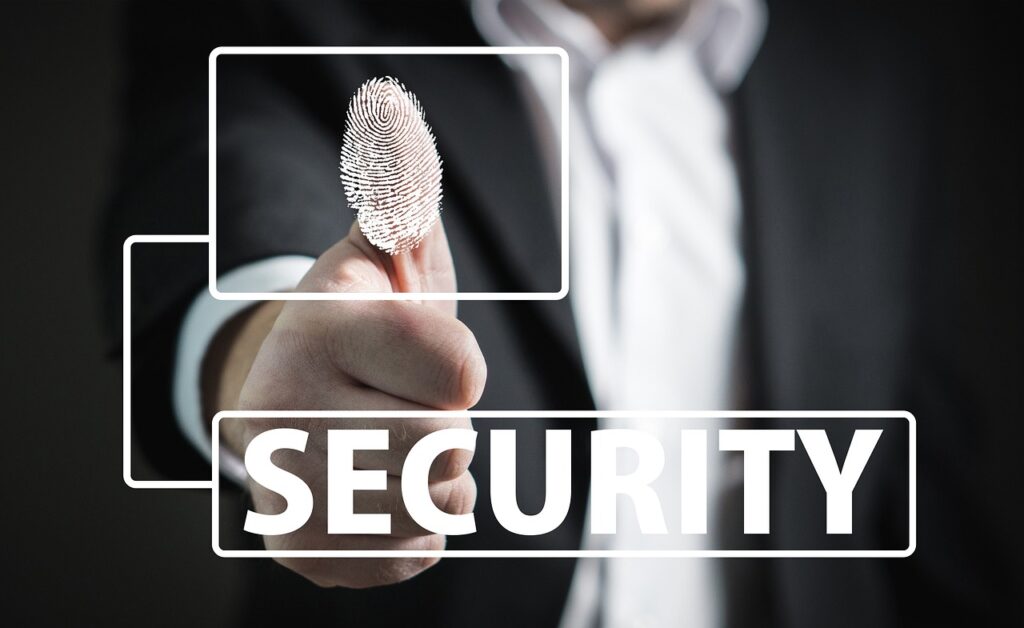
Modern businesses must find innovative security solutions to remain updated with evolving security threats. While this can be challenging, many emerging technologies can make it much easier for companies to control their access and secure their data. But why is this important? The average cost of data breaches in the United States amounted to 9.44 million dollars in 2022, demonstrating that basic security protocols are ineffective in protecting businesses from modern threats.
To curb this, businesses need to be open to some emerging technologies to mitigate the devastating consequences of data breaches. To help businesses do this, we’ve compiled this comprehensive guide to the top 2023 security considerations modern businesses can make to enhance their security.
Why is it essential for modern offices to consider their security?
Before we discuss the primary security considerations, reflecting on why considering this is important is integral. The primary reason that improving current security measures is integral is the rise in significant data breaches worldwide in Q3 and 4 of 2022. It’s estimated that around 15 million data records were exposed via data breaches in Q3, doing millions of dollars worth of damage.
While this pales in comparison to the nearly 125 million records breaches in Q4 of 2020, it demonstrates a worrying trend that businesses are not currently equipped to face evolving security threats. Without addressing these issues, even the best financial analytics software couldn’t protect businesses from significant amounts of lost revenue and compensation.
Of course, cyber security threats contribute significantly to this trend, but physical data breaches due to ineffective security protocols within offices are also partly to blame.
Improper data and filing storage to poor access management mean businesses leave themselves vulnerable to data theft from those who walk in and out of offices without challenge. So, businesses need to consider the following security protocols to get a better grip on their office access and personnel privileges.
Four top security considerations for 2023
Looking past standard cyber security and physical control systems, it’s difficult to see what emerging technologies there are that could help businesses better protect themselves against damaging threats.
However, a few top emerging technologies and protocols give companies control over who accesses sensitive data and who can even enter their offices. Here are four of the top security considerations that modern businesses can use to optimize their security:
1. A modern intercom system
Although many businesses already use an intercom-based system to control their business access, likely, businesses need to be using them to their full extent. Suppose your business uses a traditional intercom system that only allows visitors to press a button and speak into it. In that case, you could miss a significant opportunity to optimize your security.
Modern intercom systems allow users to see visitors’ faces to verify their identity, meaning businesses can confidently grant access to their offices or reception areas.
This is also beneficial for guiding any new visitors to the business who may be unsure where to go, guiding deliveries to the appropriate entrances, and admitting entry to verified business partners.
2. Touch-free access control
Traditional lock and key entrances, while accessible, can leave businesses vulnerable to security breaches if key holders misplace their keys or they’re stolen. Using touch–free and keyless access control to your office not only bypasses the need for traditional locks and keys but ensures that you can control admittance with relative ease.
Whether you use doors or turnstile gates, consider using mobile credentials, key fobs, or key cards to gain entry. This makes it much easier for security professionals to manage lost or stolen credentials and alter them after workforce changes.
Through this, offices can control who enters their buildings, keeping important data safe from potential breaches by malicious parties.
3. Cloud-based control software
The cloud now controls many systems, so your security measures should be no exception. Cloud-based access control software allows network administrators to monitor networks, patrolling for any cyber security threats remotely.
Cloud-based control systems ensure that office administrators can quickly identify incoming threats, conduct the necessary patchwork to stop threats in their tracks, and keep essential company data safe.
Remote management software such as this is vital for providing office administrators with the flexibility to adapt to changing threats, ensuring they can monitor everything from security cameras to servers.
4. Flexible access permissions
If your workspace operates on a hybrid basis, it’s imperative to deploy flexible access permissions for both local and remote employees, as remote working can pose a security threat. Flexible access permissions ensure that you can change access credentials for different people, ensuring that no one can access any systems or files you don’t want them to.
Ensuring that only authorized staff can access specific systems and files means that your most sensitive data remains hidden from certain parties, minimizing the chances of mishandling and significant data breaches.
With flexible access permissions, you can easily revoke permissions, and access rights from certain parties that you believe don’t need access to sensitive data. You can easily monitor who can access systems, allowing you to identify the source of data breaches in case of a security threat.
Final thoughts
Modern threats require modern solutions, so by implementing these emerging security considerations in 2023, businesses can protect themselves from serious and expensive data threats.
From cloud-based technology to keyless entry, businesses can also gain greater control and visibility of who enters and exits their buildings, allowing them to conduct more detailed investigations in the event of a security breach and take proactive action to secure their company information.